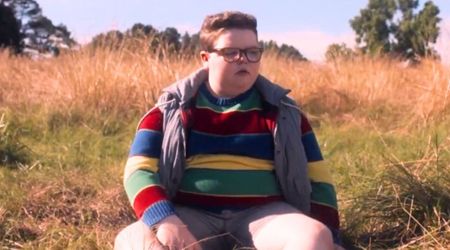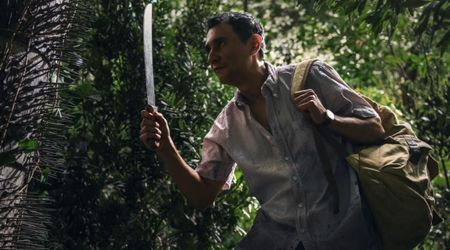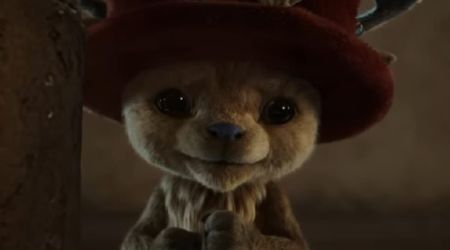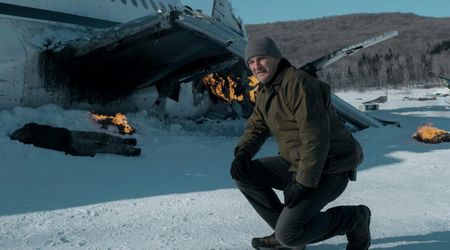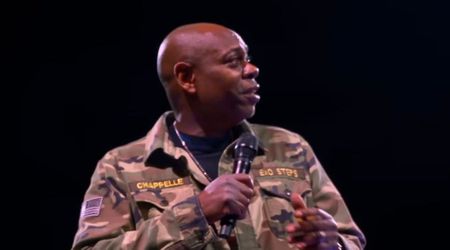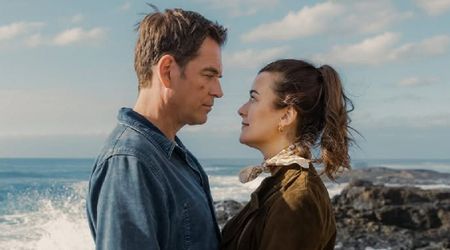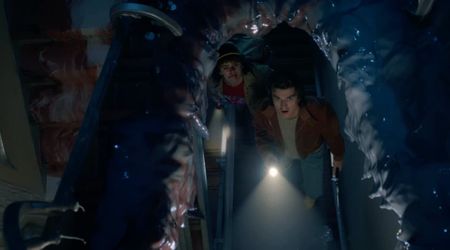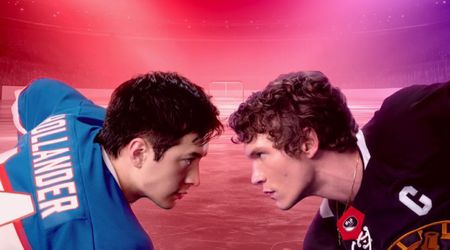EXCLUSIVE | 'Cosmos: Possible Worlds' decodes science of universe in a simple way, says producer Kara Vallow

'Cosmos: Possible Worlds' debuted to a strong and positive response with 'Ladder to the Stars'. The docuseries is known for its signature, fact-based storytelling and painlessly conveying complex scientific concepts to the viewer. The Emmy-and Peabody Award-winning series is back to explore various planets and different time periods. The 13-episode series will take its viewers through a journey of both time and space and cover the dawn of the universe moving on to a 2039 world's fair.
Astrophysicist Neil deGrasse Tyson is back as the host for the third edition. Ahead of the premiere of the National Geographic docuseries' third installment, MEA WorldWide (MEAWW) had the opportunity to catch up with renowned producer Kara Vallow who spoke in-depth about 'Cosmos: Possible Worlds' and working with Seth MacFarlane, Jason Clark and Patrick Stewart.
What can the audience expect from the much-awaited series?
Beyond all the gripping new stories of great historical thinkers, many of whom you probably have ever heard of, I think the audience can expect to see an overarching message of hope. So much of today's landscape is permeated by a kind of hopelessness, a bleak and dystopic future that is beyond our control.
'Cosmos' presents the possibility of a future that we can inspire. We hope that viewers can come away thinking of themselves not just as passive inhabitants of this planet but as participants of its fate and future. I think 'Cosmos: A Spacetime Odyssey' really drove home the massive bummer that makes the case firmly and clearly that climate change is real. It's here, not off in some distant future.
Not only is the science not in dispute but none of the "alternate" explanations that your uncle or father-in-law presents at thanksgiving hold water. The new series says that we aren’t going to even entertain that nonsense anymore. But there is hope, not unrealistic hope, but cautious optimism. We are still a remarkable adaptive and inventive species and we have managed some impressive feats of survival.

I remember reading an online comment from a climate skeptic who just watched the episode from last season, 'The World Set Free'. He talked about how the issue of climate change was so politicized he couldn't get a straight answer and how watching this one episode completely clarified it for him.
There was no political rhetoric to try to sift through. It was JUST the science, explained in a simple way, with simple graphs and clear talk so anyone can understand. Neal DeGrasse Tyson went through all of the reasons that earth could be warming and explained away all invalid contributing causes. That simplicity of his explanation of the greenhouse effect — the basic physics — is just bookkeeping of the energy flow. There’s nothing controversial about it. The commenter said that this was exactly what he needed to be able to say, yes, we are causing this, and we need to fix it. That people’s minds would be changed on polarizing issues is the power of the show and why I do it.
Can we call 'Possible Worlds' the boldest project that you've been an integral part of?
For sure. In creating the animation for the show, I had to make an enormous mental effort to be true to the spirit of the original cosmos. For my generation, cosmos is almost a mythic memory. I so clearly remember the feeling of hearing Carl Sagan flatly state that evolution was a fact, the best available explanation of life on earth.
I didn't underestimate the power that the original series still held over my entire generation. I had to create both a style and a pipeline that would work within the confines of the entire series. I had to tell these stories. The narrative needed to be advanced and the narrative was often going to include profound scientific concepts that needed to be presented with clarity. This needed an authored vision. And stylistic and vibrant pieces of art that would tell a rich story.
For now, the show promises to look at the future, explore different time periods and a variety of far-flung planets. Was this a concept that drew you to produce this series?
I think it was more the idea of bringing science to a popular audience, through the medium in which I work. The animated segments needed to serve the narrative portions; they needed to tell the stories, and properly depict and contextualize historical dramas and events.
Carl Sagan was such an amazing communicator, with a preternatural clarity who could make even the most abstract of ideas intelligible to the rest of us. I had the opportunity to create a unique mode of scientific storytelling but also had the responsibility of making viewers understand the modern theories of science through our animation.
Sagan never seemed to see it as failing to believe in the unsupported. He wanted to help you get your mind moving in the right direction and he was sure that you'd be happier that way too. Neil suggests that if you are one of those people who doesn’t like thinking about astronomy because it makes you feel small, looking at it a different way: "Our molecules are traceable to stars that exploded and spread these elements across the galaxy. If you see the universe as something you participate in — as this great unfolding of a cosmic story — that, I think should make you feel large, not small.... Any astrophysicist does not feel small looking up in the universe; we feel large."

What is it like to work with Seth MacFarlane, Jason Clark and Patrick Stewart? How would you describe the experience?
When the creators decided that crafting the narratives scenes in live-action seemed too daunting, Seth talked to me about creating a way to do this in animation. He had faith in me to simply run with it. I had worked with him long enough and I could pretty much be in his head about what he would like and what he would hate.
That alleviated the burden for him in having to check on what I was doing all the time. I had a great time working with Jason Clark on 'Cosmos'. He is so smart and brings great ideas to everything without stepping on anyone's toes. He had a great amount of respect for me and for my team. It isn’t easy to let go of the reins, and you kind of have to do that with animation, it's a leap of faith to see how well the artists have understood and translated your vision. This is also true for Ann (Druyan). She wrote these magical scripts and had to have a lot of blind faith in us to take those scripts and bring them to life.
While we're discussing Patrick Stewart and space, what would your reaction be if you get a chance to be part of a 'Star Trek' or 'Star Wars' series/ movie?
I was able to produce the 'Family Guy'/'Star Wars' movie trilogy back in 2007, which satisfied my fictional space ambition. I also love 'Star Trek' but am content to be a viewer and continue to work on bringing reality-based science and factual space stories to the world.
On a more personal note, what made you pick animation production as a genre? Was this a more conscious call?
A completely conscious call. I began as an artist and animation was the only medium I ever wanted to work in.

There have been some impressive animated shows that had the audience in awe in 2019 and that showcases how evolved the genre is. What are your thoughts on this?
I loved Genndy Tartakovsky’s 'Primal' for Cartoon Network. It pushes the boundaries of TV animation by having no dialogue but still being profoundly cinematic. It is brutal but has a sort of unhurried feel that is not conventional to TV animation, which often seems like a cacophony of shrieking characters, sound effects and music. 'Primal' feels viscerally real and is also deeply moving. For all the impressive animated shows in 2019, there were twice as many not impressive ones.
What's next for Kara Vallow?
I am writing a stage musical about the early life of Isaac Newton, and a book about my experiences working as a feminist in the world of television comedy.
'Cosmos: Possible Worlds' airs Mondays at 8 pm on National Geographic.

